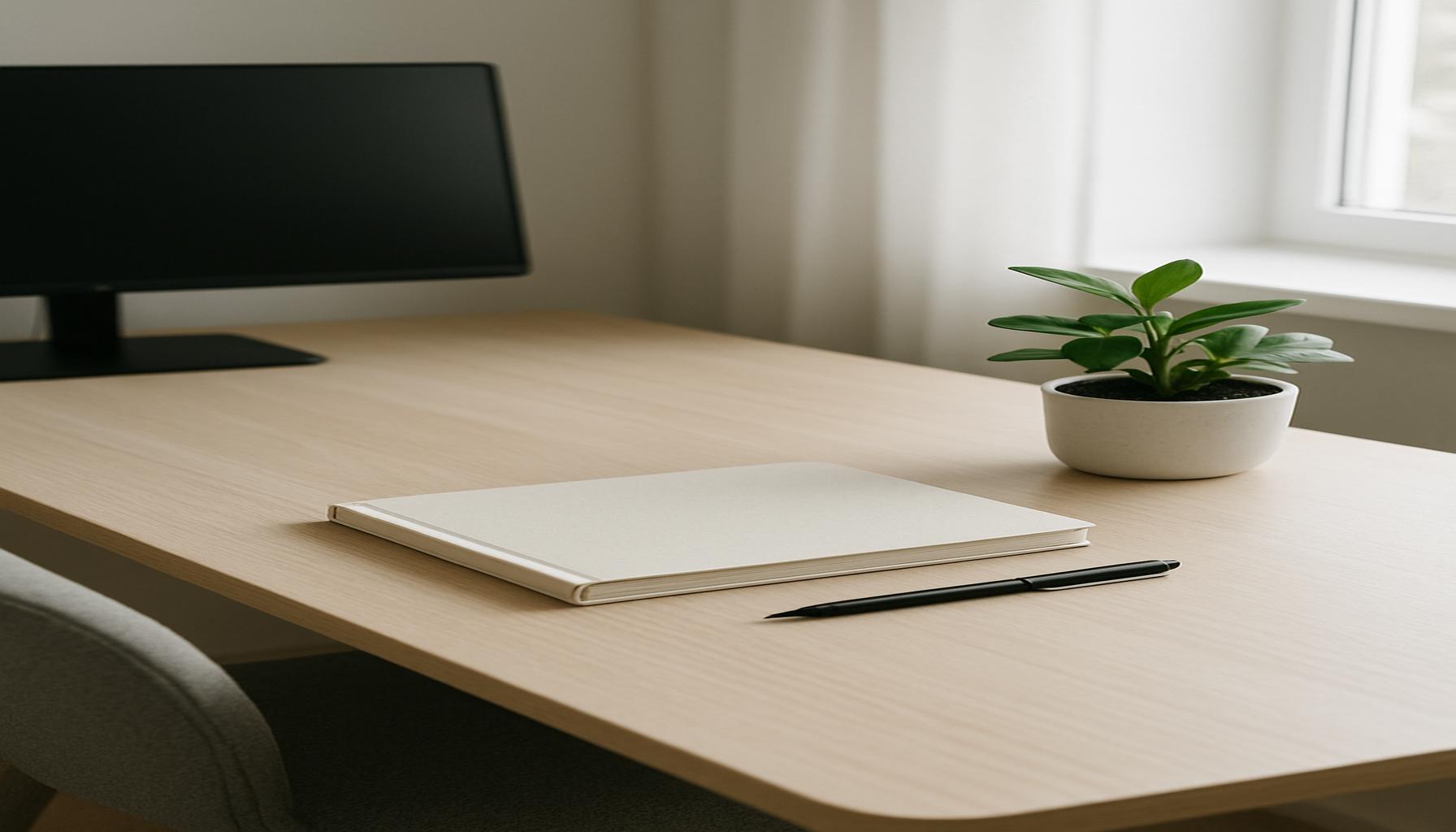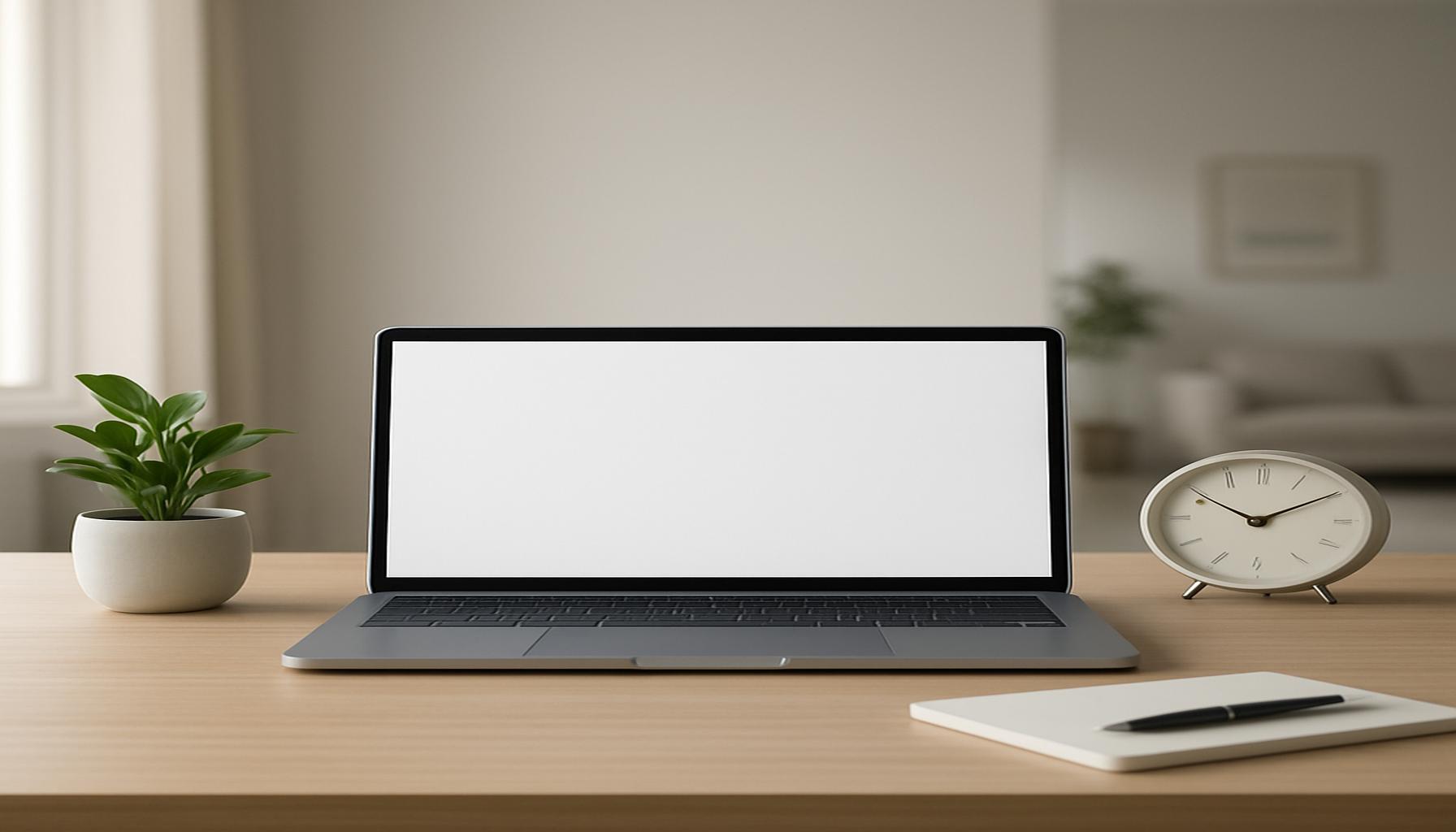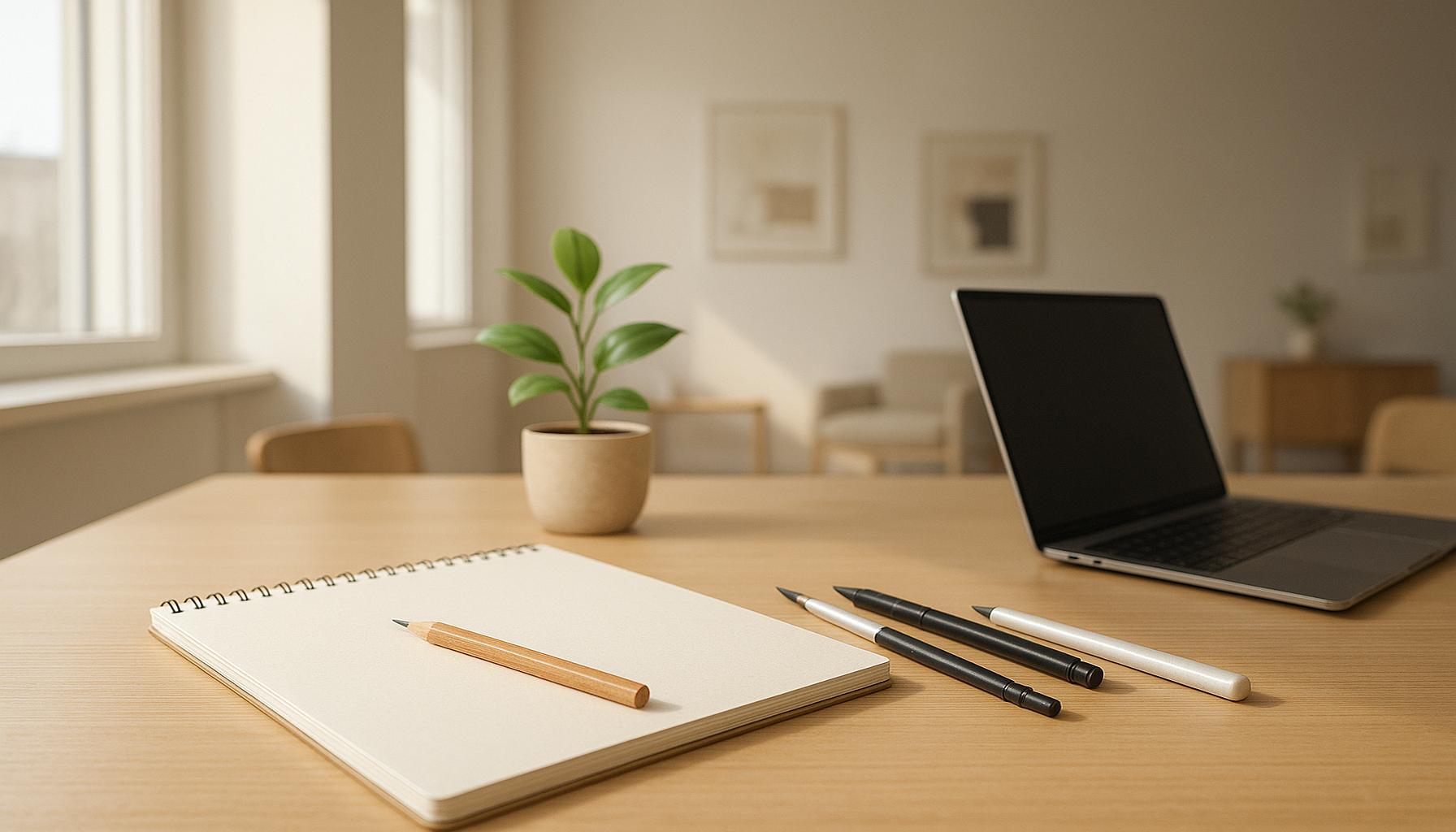Digital Minimalism: How to Reduce Online Clutter to Improve Personal Efficiency
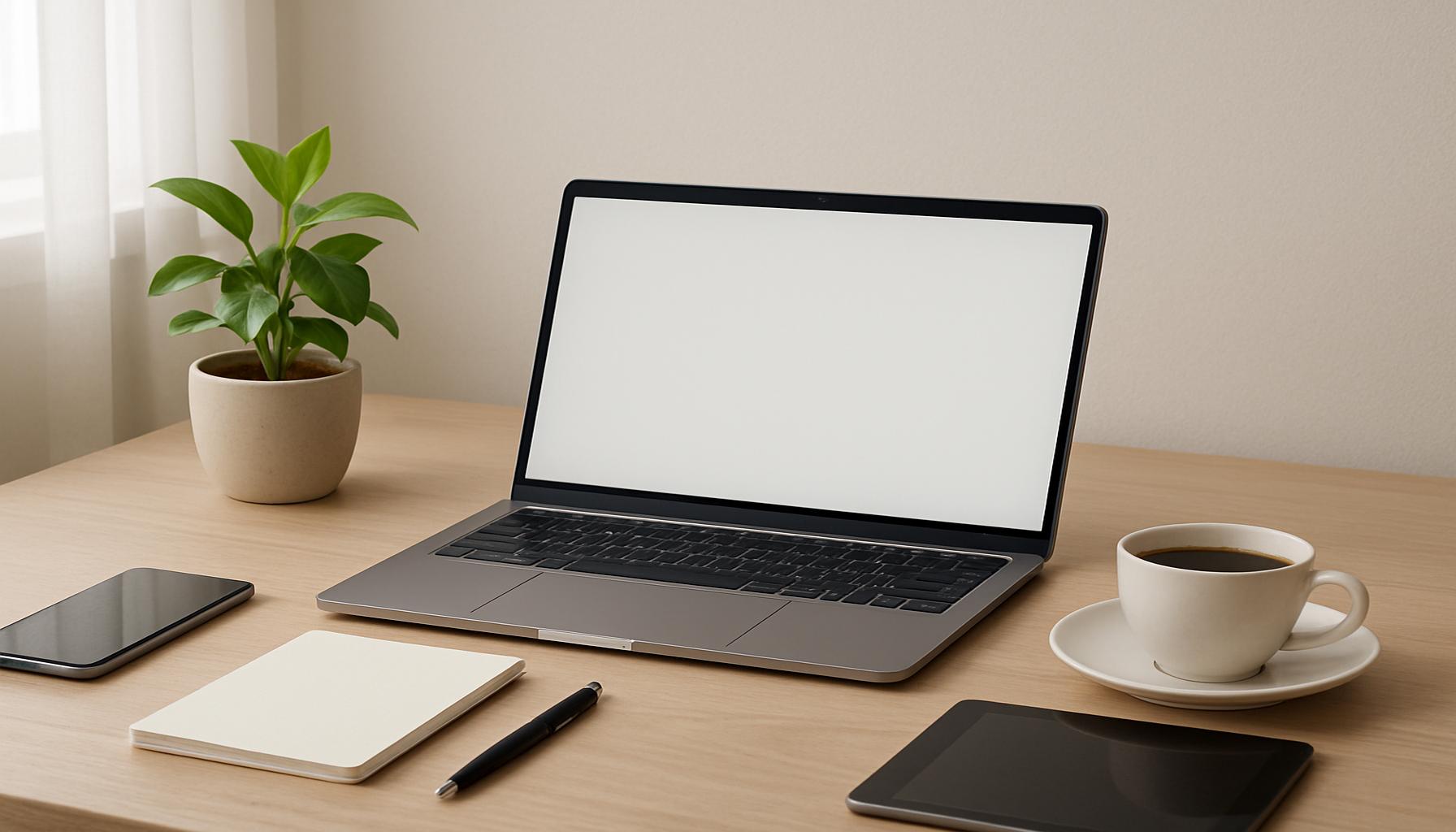
The Challenge of Digital Overload
In our hyper-connected world, staying organized online can feel like a daunting challenge. We are bombarded with information from social media, emails, and countless apps, leading to a chaotic digital landscape. With notifications constantly vying for our attention, it’s no wonder that many individuals experience heightened levels of stress and anxiety associated with digital overexposure. The concept of digital minimalism emerges as a potential solution, advocating for a more focused and intentional approach to our online presence.
Understanding Digital Minimalism
So, what does digital minimalism entail? It is not merely about reducing screen time; it’s about cultivating a purposeful digital environment that aligns with your values and goals. At its core, digital minimalism encourages users to evaluate their digital habits and make conscientious choices about how they engage with technology.
Key Principles of Digital Minimalism
- Intentionality: Use technology with a clear purpose. For instance, instead of mindlessly scrolling through social media, set specific time limits or designate times to check updates.
- Clarity: Streamline your online tools and resources. This may involve unsubscribing from newsletters that no longer interest you, decluttering your digital files, or choosing to utilize only a few essential apps that serve critical functions.
- Mindfulness: Be aware of how digital habits impact your well-being. Practicing mindfulness can mean regularly assessing your emotional responses to technology use or reflecting on how your online interactions align with your real-life relationships.
Benefits of Embracing Digital Minimalism
Adopting these principles can lead to significant benefits that enhance both personal and professional aspects of life. For instance, many report:
- Increased focus on important tasks: By reducing distractions, individuals can dedicate uninterrupted time to pursue their goals, whether it’s completing a project at work or enjoying hobbies.
- Reduction in stress and anxiety: A clearer digital space often results in diminished feelings of overwhelm, allowing for better mental and emotional stability.
- Enhanced productivity and personal efficiency: With fewer interruptions and a more organized workflow, individuals can accomplish tasks more effectively and experience greater satisfaction in both their work and personal lives.
Practical Strategies for Implementation
As we delve deeper into the topic, we will explore practical strategies for implementing digital minimalism in everyday life. From creating “tech-free” zones to setting specific goals for online engagement, adopting these changes can transform how individuals interact with technology. It is time to reclaim your online space and boost your personal effectiveness.
Ultimately, digital minimalism is not about completely disconnecting from technology; rather, it’s about finding a balance that promotes well-being and efficiency in a world that demands our constant attention. By leveraging the principles of intentionality, clarity, and mindfulness, anyone can redefine their relationship with the digital landscape and achieve a more fulfilling lifestyle.
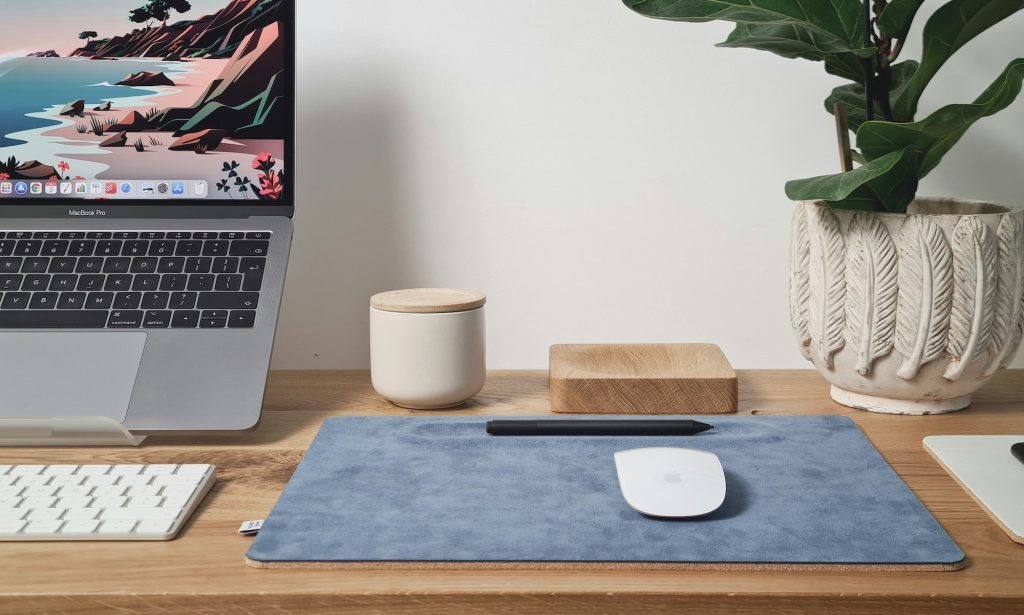
DISCOVER MORE: Click here to learn about intentional organization
Practical Strategies for Implementing Digital Minimalism
Incorporating digital minimalism into your daily routine requires more than just a simple reduction of screen time; it necessitates a strategic overhaul of how you interact with technology. Understanding the principles outlined earlier is a great start, but putting them into practice is where real transformation begins. Here are some actionable strategies to help clear your online clutter and ultimately improve your personal efficiency:
1. Assess Your Digital Footprint
The first step towards digital minimalism involves a comprehensive assessment of your current digital habits and environments. Spend a week tracking how much time you spend on various apps, websites, and digital tasks. Tools like RescueTime or Toggl can provide insights into where your time is going. This evaluation will help you identify unnecessary distractions and establish a baseline for improvement.
2. Declutter Your Digital Space
Much like decluttering your physical space, digital clutter can hinder productivity. Begin by:
- Unsubscribing from email lists that no longer serve you. Aim to keep only those newsletters that add value to your knowledge or interests.
- Deleting unused apps on your devices that contribute nothing meaningful to your life, and group essential apps into folders for easier access.
- Organizing files and documents into clearly labeled folders, making it easy to find what you need without excess searching.
3. Create Tech-Free Zones
The physical environment plays a significant role in enhancing mental clarity. Establishing tech-free zones, such as your bedroom or dining area, can create spaces where you can focus on other activities without the distractions of notifications or screens. Consider using these areas for activities such as reading, meditating, or enjoying meals with family, fostering deeper connections away from the digital realm.
4. Prioritize Real-Life Interaction
In a world that celebrates online engagement, it’s vital to prioritize face-to-face interactions. Schedule regular meet-ups with friends or family, and make it a habit to disconnect from your devices during these moments. Engaging fully in real-world relationships can enhance emotional well-being, countering the isolating effects of excessive digital communication.
5. Set Clear Goals for Online Engagement
Intentional usage of technology is key to digital minimalism. Set specific goals for how and when you engage with your devices. For example, you might decide to limit social media usage to 30 minutes per day and check emails only twice a day at designated times. Implementing these boundaries can help maintain a healthy balance, allowing you to focus on more critical tasks without interruption.
By adopting these practical strategies, individuals can not only reduce online clutter but also cultivate a more enriching digital experience. Embracing digital minimalism is an ongoing journey and requires consistent reflection and adjustment. However, the rewards, including increased productivity, reduced stress, and enhanced overall well-being, are undoubtedly worth the effort.
| Advantages | Description |
|---|---|
| Reduced Distractions | By limiting digital clutter, users can focus more effectively on important tasks without interruptions from notifications or excessive content. |
| Improved Decision Making | A minimalist digital environment fosters clarity, allowing users to make informed choices without the overwhelm of unnecessary data. |
| Boosted Productivity | With fewer distractions at hand, individuals often experience increased efficiency, maximizing their productivity and meeting goals more swiftly. |
| Enhanced Mental Clarity | A streamlined digital space can contribute to reduced cognitive load, promoting better focus and mental well-being. |
Digital minimalism not only simplifies your online life but also significantly enhances personal efficiency. For instance, when you engage in reducing notifications and unnecessary apps, you pave the way for deeper concentration on crucial tasks. This practice can dramatically minimize the time wasted on trivial digital distractions. Moreover, the art of decision-making becomes less strenuous in a clutter-free digital environment; you can weigh your options clearly without the chaos of excessive information clouding your judgment. By actively engaging in minimalism online, users can unlock the potential for boosted productivity, meeting their objectives with newfound agility. Furthermore, less clutter inspires a sense of tranquility, therefore fostering improved mental clarity and overall well-being. The world of digital minimalism is inviting you to reclaim your time and enhance operational efficiency—are you ready to dive deeper?
EXPLORE MORE: Click here to simplify your life
Deepening Your Digital Minimalism Practice
Once you have implemented the initial strategies for digital minimalism, it’s important to go deeper and refine your approach. This not only enhances the benefits of reducing online clutter but also cultivates a mindful relationship with technology that is sustainable in the long term. Below are additional steps you can take to further streamline your digital life:
6. Leverage the Power of Automation
Automation can significantly reduce the time and energy spent on repetitive online tasks. Utilize tools like IFTTT (If This Then That) or Zapier to automate mundane processes, such as saving email attachments to specific folders or posting on social media at scheduled times. By automating these tasks, you free up mental bandwidth for more important work, allowing you to focus on achieving your personal and professional goals.
7. Curate Your Social Media Feed
Social media can be one of the biggest sources of digital clutter. To reclaim your time and focus, take control of your social media feeds. Follow only those accounts that inspire, educate, or provide meaningful content relevant to your interests. Regularly review and declutter your subscriptions, unfollowing accounts that bring negativity or distraction into your life. Not only will this enhance your online experience, but it can also lead to improved mental health and increased productivity.
8. Embrace the Art of Saying No
In the digital age, the pressure to participate in every online opportunity can be overwhelming. This includes joining every group, subscribing to every channel, or participating in all discussions that arise. It is crucial to get comfortable with saying no to digital commitments that do not align with your core goals or values. Learn to assess which online engagements genuinely benefit you and contribute to your efficiency, allowing you to refocus your energy on what truly matters.
9. Implement Mindful Consumption
Mindful consumption involves being intentional about what content, apps, and platforms you engage with. Before downloading a new app or signing up for an online service, ask yourself how it will contribute to your life and productivity. This can significantly reduce unnecessary clutter and help you maintain a streamlined digital environment. Consider creating a digital use manifesto that outlines your intentions for online engagement, helping keep you accountable to your goals.
10. Schedule Regular Digital Detoxes
Establishing regular breaks from technology can dramatically impact your mental clarity and productivity. Set aside specific periods—whether it’s a day each week or a weekend each month—where you completely disconnect from digital devices. Use this time for reflection, nature walks, or engaging in hobbies that don’t require screen time. These digital detoxes can act as reset buttons, recharging your mind and enabling you to return to your online life with fresh perspectives and renewed energy.
By adopting these advanced practices of digital minimalism, not only do you further reduce online clutter, but you also cultivate a more intentional lifestyle that prioritizes personal efficiency. It’s an evolving journey that requires dedication and ongoing effort, yet the rewards—greater focus, reduced stress, and enhanced creativity—are well worth the commitment. As you continue to explore the landscape of digital minimalism, you’ll discover a more meaningful and productive way to engage with technology that aligns with your values.
DISCOVER MORE: Click here to dive into minimalism
Conclusion: The Path to a More Intentional Digital Life
In a world inundated with information and digital distractions, embracing digital minimalism offers a pathway to reclaiming our focus and enhancing personal efficiency. By actively reducing online clutter through strategies such as curation of social media, personalized automation, and mindful consumption, individuals can sculpt a digital landscape that serves their goals rather than hinders them. Ultimately, it is not just about minimizing tech usage, but about cultivating a more intentional relationship with technology that aligns with our values and aspirations.
The journey towards digital minimalism is ongoing and ever-evolving. Regularly assessing our online environments and committing to detoxification periods can further deepen this practice, prompting self-reflection and fostering mental clarity. Studies have shown that less screen time contributes to improved mental health and increased creativity, reinforcing the idea that our digital presence should be a tool that enhances our well-being rather than a source of anxiety.
As you move forward, challenge yourself to redefine your interactions with the digital world. Are your online habits promoting productivity or detracting from it? Consider adopting the advanced techniques discussed and personalize them to fit your unique lifestyle. With each small change, you are paving the way towards a more fulfilling and efficient existence, making every click count in a world that often feels overwhelming. The true essence of digital minimalism is liberation—freeing yourself to focus on what truly matters in both your personal and professional life.
